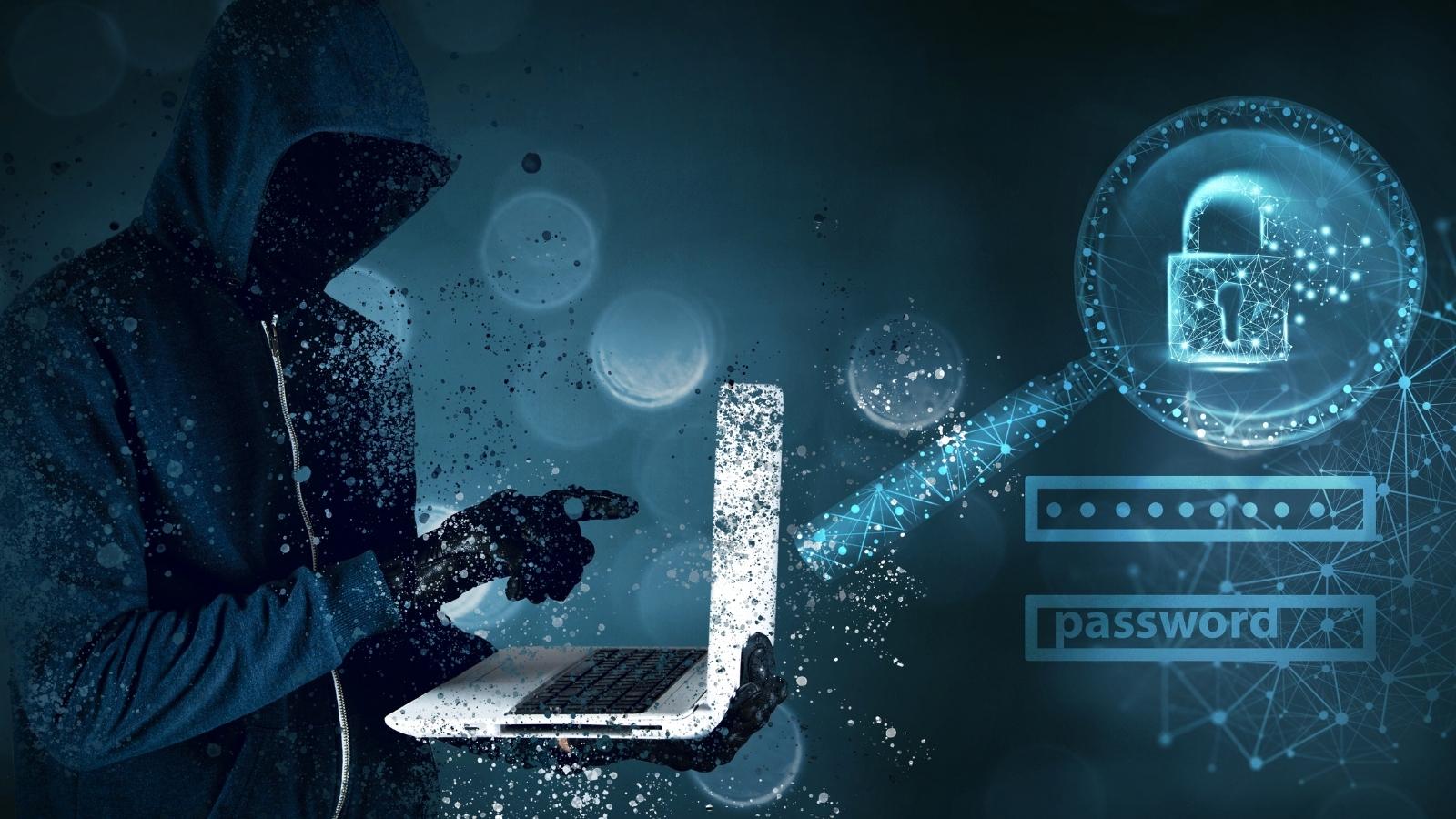Understanding Cybersecurity and Data Protection
In today's fast-paced digital age, the line between our virtual lives and our physical lives is increasingly blurred.
Almost every activity we engage in, whether it's shopping, communicating, banking, or entertainment, is interconnected through the digital realm. But as we embrace the conveniences and innovations of technology, we're also faced with an ever-evolving set of challenges, primarily: cybersecurity.
In a world driven by data, where our personal and professional information intersects seamlessly with online platforms, data protection has never been more crucial.
We're not just talking about passwords and account details; it's about safeguarding our digital identity, our habits, preferences, communications, and even our location at any given time.
Let's delve into the importance of data protection, the challenges we face, and the steps we can take to ensure a more secure digital experience.
What is Cybersecurity?
At its core, cybersecurity is the practice of protecting systems, networks, and data from theft, damage, or unauthorized access. This includes safeguarding personal data, intellectual property, industry insights, and even governmental secrets.
Given the vastness of what's at stake, cybersecurity has grown from a niche IT concern into a global priority.
It encompasses both technological and legislative aspects, ensuring that individuals' private information remains confidential and is handled with the utmost care and responsibility.
With the proliferation of digital platforms and the exponential growth in data generation, data protection has become paramount, ensuring individuals' privacy rights are upheld and preventing misuse of their personal details in an increasingly interconnected world.
Cybersecurity and data protection are practiced by leveraging the top digital transformation solutions in today’s digital era.
Why is Cybersecurity Absolutely Essential?
1. Privacy: Our personal data reveals a lot about who we are, what we do, and what we like. Protecting this data ensures our privacy from invasive third parties.
2. Identity Theft: With the right set of data, malicious actors can impersonate others, commit fraud, or even incur debts in someone else's name.
3. Business Interests: Companies risk massive financial losses and reputational damage from data breaches. Trade secrets, proprietary information, and customer data need safeguarding.
4. Regulatory and Compliance Reasons: Many governments have introduced strict regulations about how personal data should be processed and protected. Non-compliance can lead to heavy fines and sanctions.
5. Economic Value: A significant cyber-attack can cause a massive financial blow to corporations. The costs can arise from litigation, lost sales, tarnished reputation, and the resources needed for damage control.
6. Personal Safety: Personal data breaches can lead to identity theft, blackmail, or fraud. There's also the risk of personal photos or information being leaked online.
7. National Security: Governments are continually under threat from cyber-espionage. Enemy states or terrorist groups can exploit vulnerabilities to cause harm.
Read Also: Modernizing Data Protection for Business Continuity and Recovery
Challenges in Data Protection
1. Sophisticated Threats: Cybercriminals are becoming increasingly advanced, deploying a range of tactics from social engineering to sophisticated malware.
2. IoT and Extended Perimeters: As more devices become interconnected, there's a larger surface for potential attacks.
3. Human Error: A significant number of breaches occur due to mistakes like sending data to the wrong recipient or failing to update security software.
The Evolving Landscape of Cyber Threats
Cyber threats are not static. As security measures become more sophisticated, so do the techniques and strategies of cybercriminals.
1. Phishing Attacks: While not new, these attacks, which trick individuals into giving up sensitive information, are becoming more sophisticated.
2. Ransomware: A type of malicious software that encrypts a user's data and demands payment in exchange for the decryption key. Cities, hospitals, and major corporations have been victims.
3. IoT Vulnerabilities: As more devices connect to the Internet (smart fridges, security cameras, etc.), they offer new entry points for malicious players.
Best Practices for Enhanced Cybersecurity
1. Educate and Train: Regularly educate and train staff or family members about the importance of security. Awareness can prevent most common attacks.
2. Update Regularly: Ensure that all software, operating systems, and applications are updated. These updates often include patches for known vulnerabilities.
3. Backup Data: Regularly back up data, both online and offline, to ensure that in the event of a ransomware attack or system failure, critical data isn't lost.
4. Use Multi-factor Authentication (MFA): This adds an extra layer of security, ensuring that even if a password is compromised, an attacker cannot gain access.
5. Limit Access: Not everyone needs access to all information. Grant access based on roles and necessity.
6. Encrypt Sensitive Data: Encryption transforms data into a code to prevent unauthorized access. This should be done, especially for very sensitive information.
7. Stay Updated: Regularly update software, applications, and operating systems. These updates often patch vulnerabilities.
8. Data Minimization: Only collect the data you need. The less data you have, the less attractive you are to attackers.
9. Know the Law: Understand the data protection laws in your jurisdiction. Not only will this keep you compliant, but these laws often contain valuable guidelines on best practices.
The Future of Cybersecurity and Data Protection
The future is filled with both challenges and opportunities in the realm of cybersecurity. With the advent of quantum computing, artificial intelligence, and further expansion of the Internet of Things (IoT), the battleground will keep shifting.
But with challenges come opportunities: The rise of quantum-resistant encryption methods, AI-driven security protocols, and a new generation of cybersecurity professionals who are dedicated and well-equipped to safeguard our digital futures.
Emerging technologies, including artificial intelligence and blockchain, offer promising solutions for enhanced data protection. However, they also introduce new challenges. The continuous interplay between data protection and technology will dictate how securely we can operate in our increasingly digital lives.
Data is more than just ones and zeroes; it's a reflection of our digital selves. As the lines between our real and digital identities blur, a strong emphasis on data protection will be essential in ensuring a safe and private digital journey for all.
In conclusion, while technology continues to enhance our lives, cybersecurity remains the guardian that ensures we can move forward with confidence in a world rife with digital threats. By understanding, adapting, and prioritizing our online safety, we can navigate this digital frontier with greater assurance.
TransformHub for Cybersecurity and Data Protection
TransformHub, counted amongst the top digital transformation services companies, is at the forefront of delivering cutting-edge technologies, precisely tailored to your business requirements.
Our unique blend of Strategy, Experience, and Technology Services is here to take complete accountability to take your business to the next level.
Share this
You May Also Like
These Related Stories

Modernizing Data Protection for Business Continuity and Recovery

Importance of technology in the vast spectrum of investment domains.




